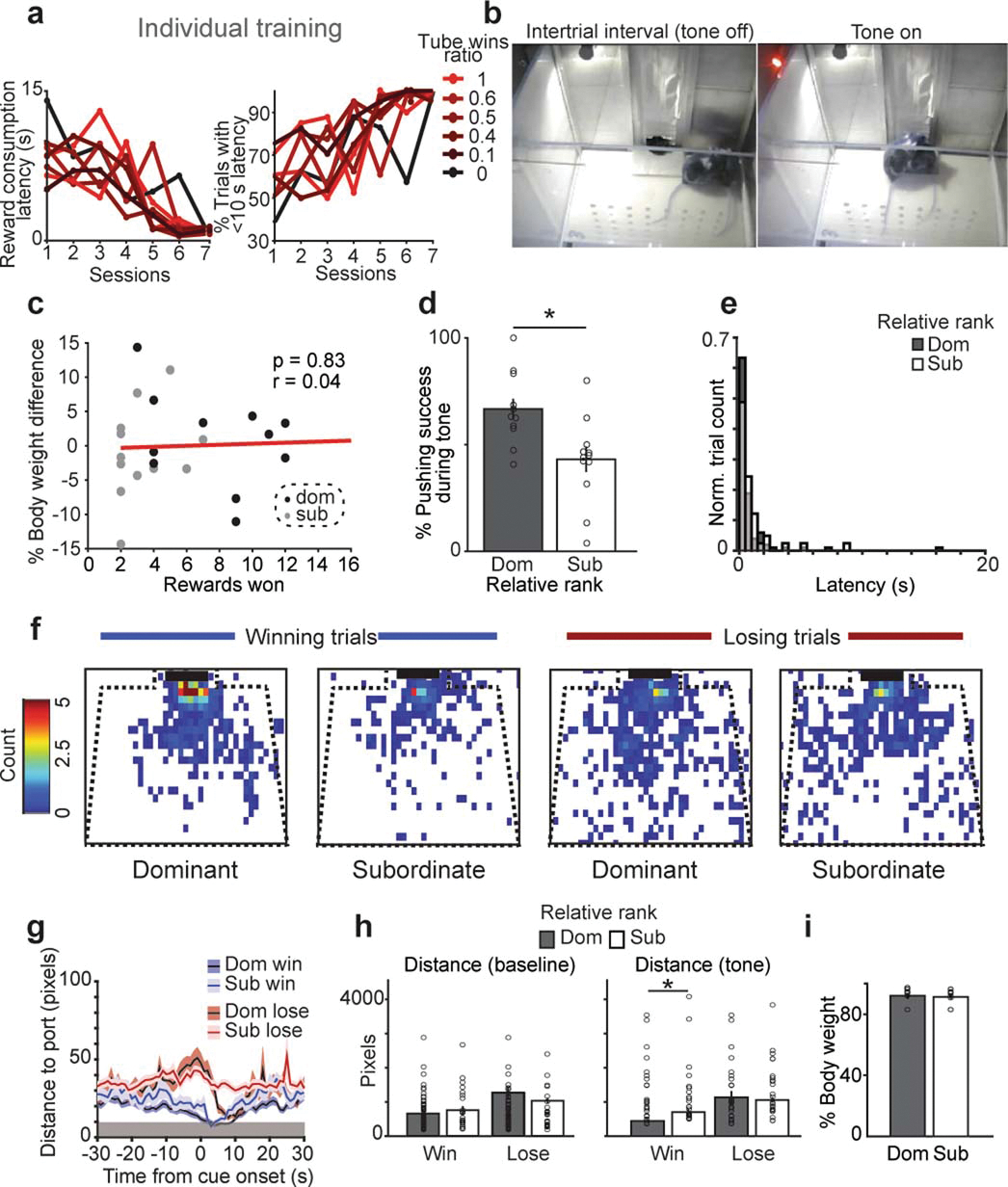Extended Data Figure 1: Additional behavioral metrics during reward competition in unimplanted mice.

a, Mice learned the tone reward association at the same rate across social ranks. Left, latency to reward consumption following tone onset decreased over sessions. Right, the percent of trials with a reward consumption latency of less than 10 seconds increased over sessions (n=8 mice). Data are plotted as a function of social rank as measured by wins in the tube test. b, Example frames from reward competition assay showing intertrial interval time and during the tone period. c, Body weight difference between competitors does not correlate with rewards won (n=12 dyads from 8 mice, Pearson’s correlation, p=0.83). d, Relative dominant mice have higher pushing success during the tone (n=12 per group, paired t-test p=0.025). e, Latency to pick up the reward across trials for relative dominants vs subordinates (dom=101, sub=41, Two-sample Kolmogorov-Smirnov test p=0.29). f, Area occupied by dominants or subordinates in the 10 seconds prior to the tone onset for win vs lose trials (n=12 dyads). g, Distance to reward port across time by trial type and relative rank (trials n: dom win=68, dom lose=24, sub win=24, sub lose=68 from 12 dyads; early baseline −30 to −20 s prior to cue there is no effect of trial nor relative rank; 2-way ANOVA using the mean distance from −5 s to cue onset: main effect of trial type F(1,180)=44.4, p=3×10−10, rank p=0.94, interaction p=0.09; 2-way ANOVA using the mean distance from 5 seconds prior to tone until 10 seconds post tone: main effect of trial type F(1,180)=68, p=2.5×10−14, rank p=0.071, interaction p=0.79). Gray rectangle indicates contact range for the reward port. h, Total distance traveled immediately before the tone and during the tone period (baseline:10 seconds prior to tone; tone: 10 seconds of the tone) across trial types for relative dominant and subordinate mice (dom win=68, dom lose=24, sub win=24, sub lose=68 from 12 dyads; Wilcoxon rank-sum, baseline win p=0.79, baseline lose p=0.59, tone win p=0.028, tone lose p=0.86). Gray zone indicates contact with port. i, Percent body weight during food restriction did not differ across relative dominant and subordinate mice competing in reward competition (n=12 dyads, paired t-test, p=0.23).
